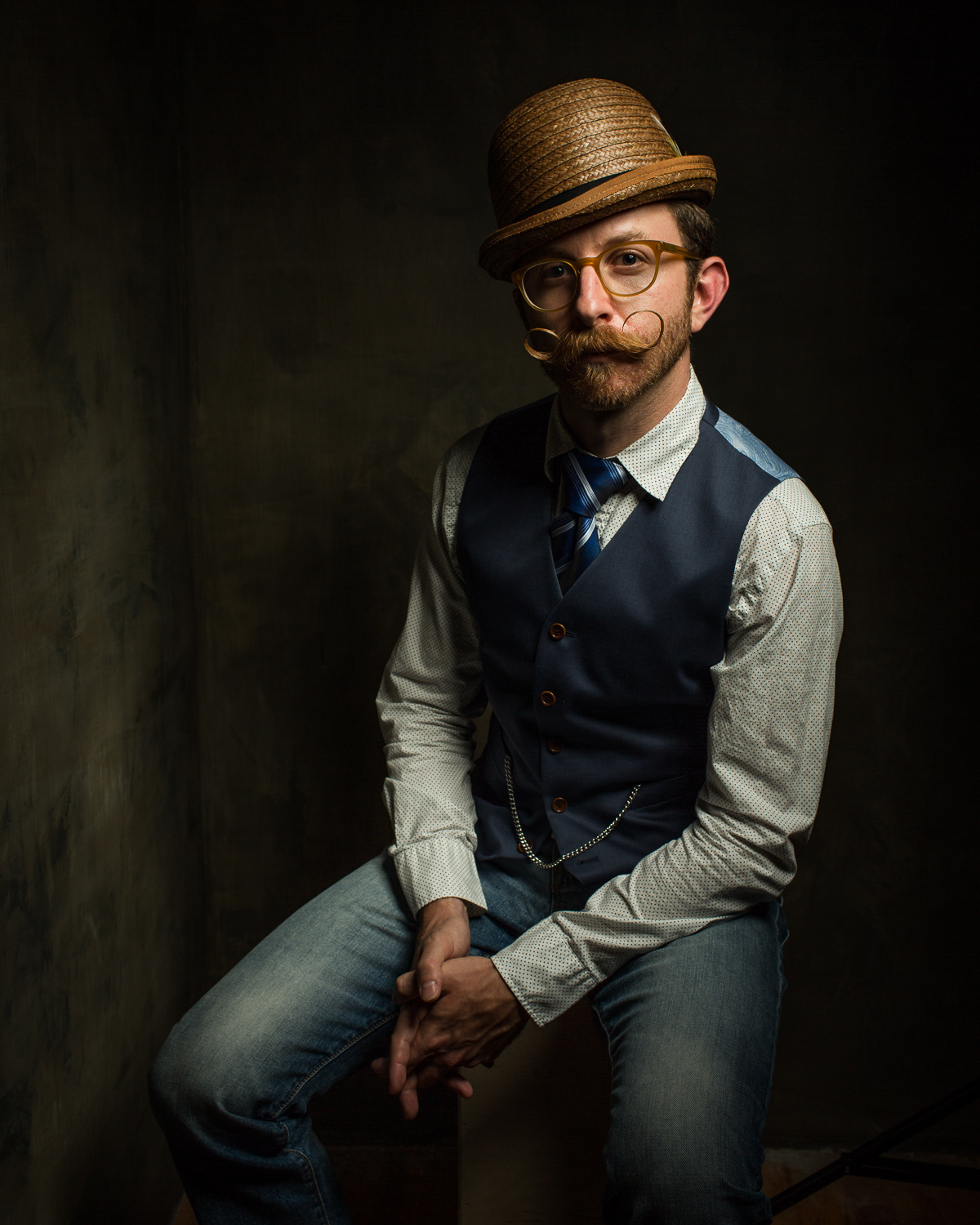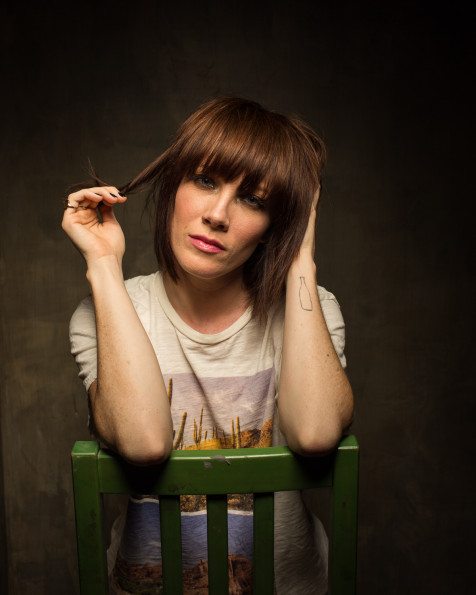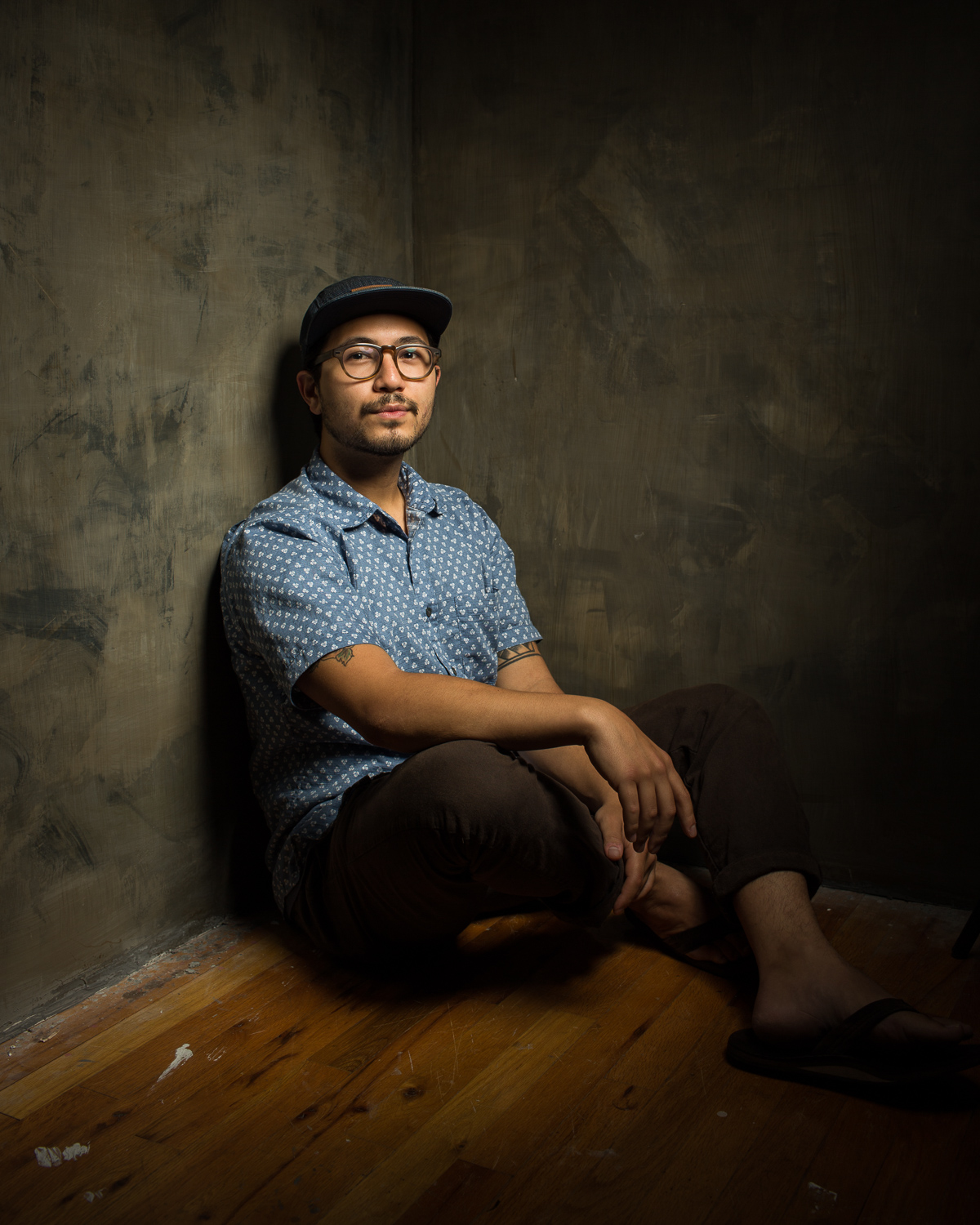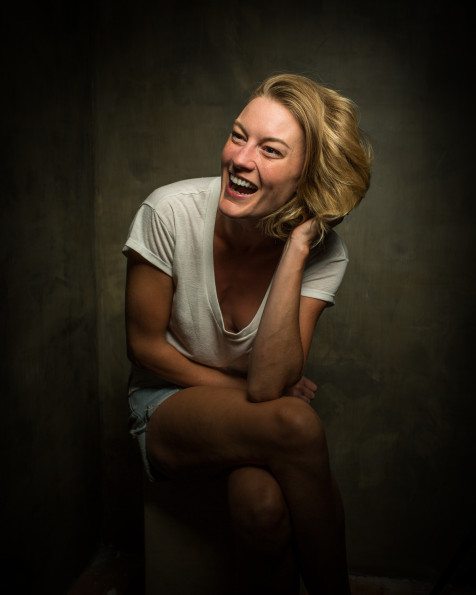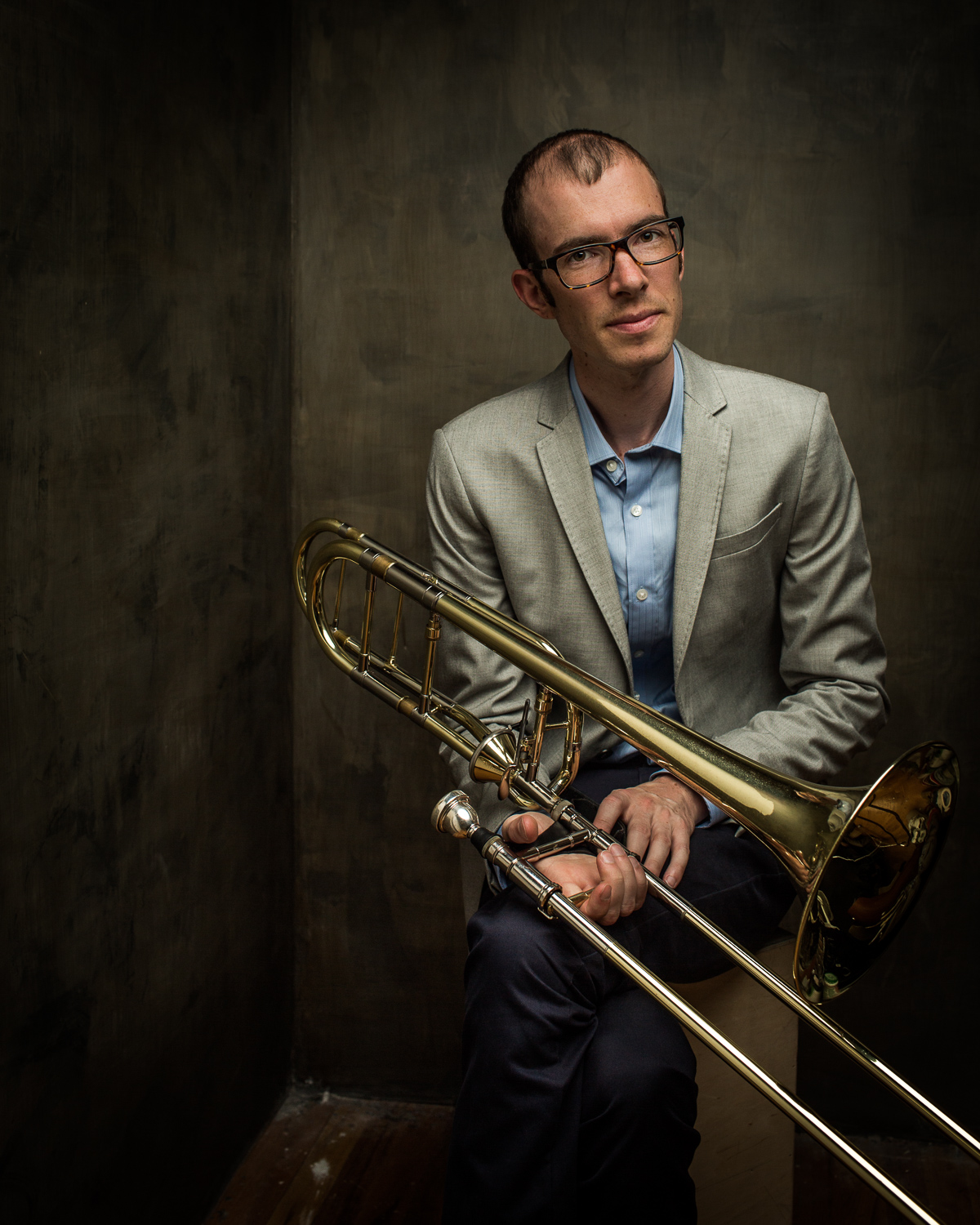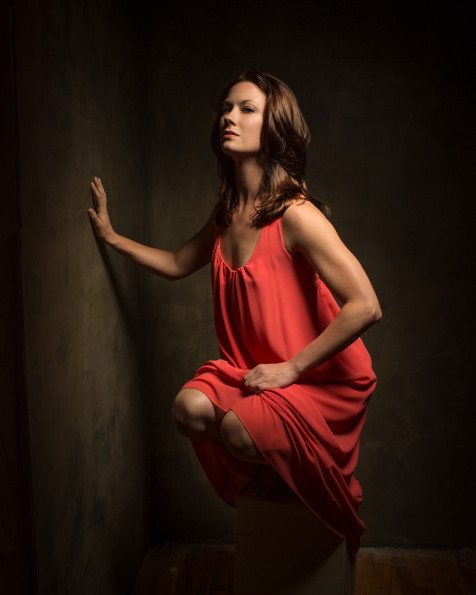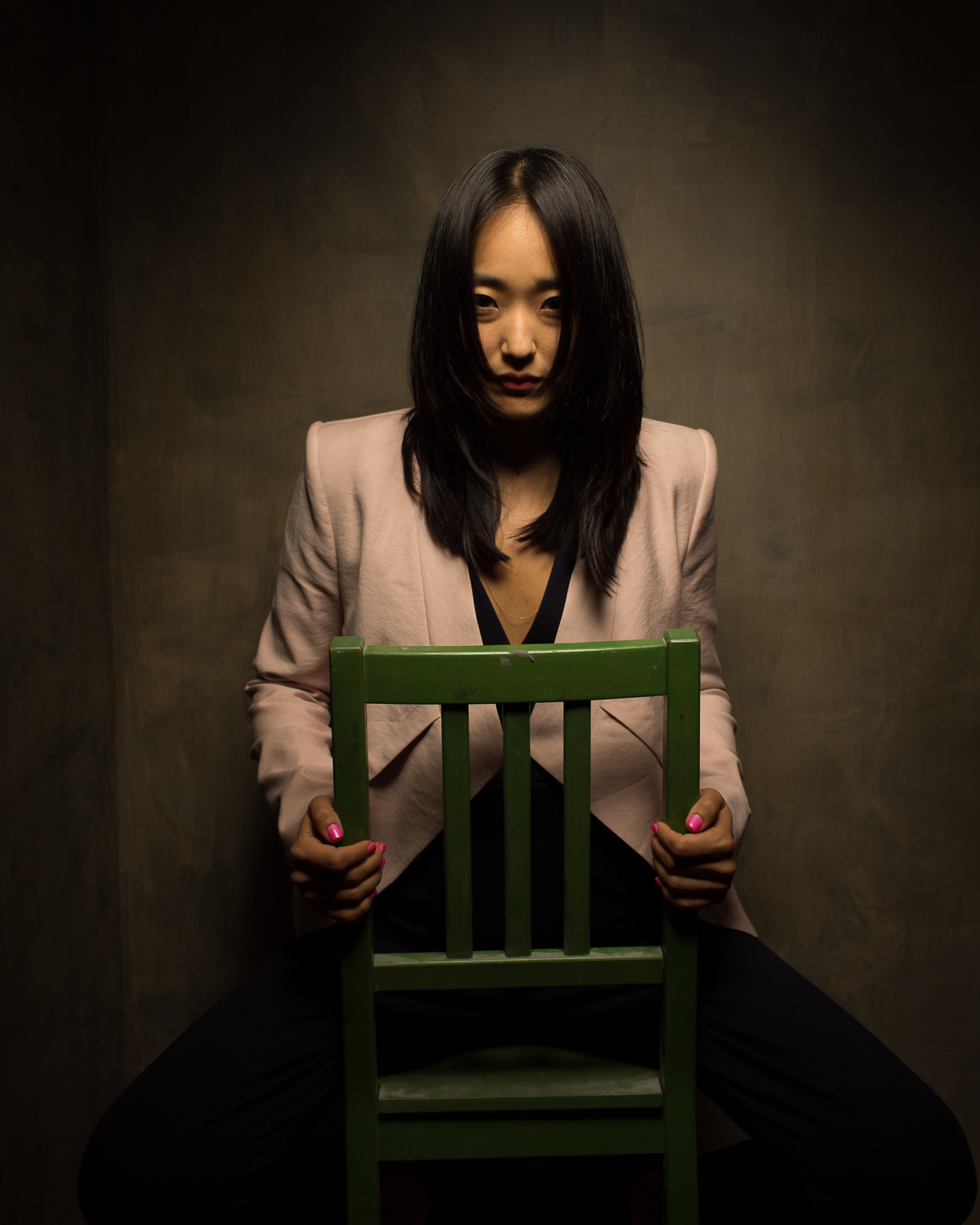All images by Bill Wadman. Used with permission.
NYC Photographer Bill Wadman is no stranger to the Phoblographer. He’s been featured here a number of times. First was on Creating the Photograph, then on his post on dynamic range, and this time around we’re captivated by his Portraits in the Corner series that he has been featuring for a while now on his blog. The idea was incredibly simple: get a bunch of folks, choose a corner, and shoot a portrait that tells a bit about who they are as people. Bill used photojournalism, traditional portrait posing and environmental portrait tactics to get the images in the series.
Unlike many other photographers, Bill did something that few of us have the fortitude to do. He worked through his obstacles and still commits.
We talked to Bill about Portraits in a Corner and the commitment it took.
Phoblographer: What gave you the idea for the project to begin with?
Bill: It began as just a new personal project. Somewhere in my apartment where I could shoot some simple portraits of people who came by. At the time I had also started working on a series of shots which would involve coordinating a lot of people and locations and such. It was becoming overwhelming so I also wanted to start something minimal as well to counteract that feeling. Of course, there are the obvious references like the acute corner that Irving Penn brilliantly used. I’m certainly very aware of that work, but would never put myself in the same sentence, let alone league. I just wanted it to be about the corner, a chair, a light, me, and the subject.
There was also the challenge of building the space and painting it successfully. There was a radiator along the outer wall which I had to built ‘out and over’ so I basically had to built a wall out of two-by-fours for that side. My friend Hannah Davis is a scenic painter for big-budget Hollywood movie sets, so she came over one night to give me some pointers which I absorbed and corrupted to finish the surface. Overall I’m happy, but unsatisfied about the way it looks and may very well start the painting over again from scratch when I get bored with it. It could become a living backdrop that changes over time.
Phoblographer: How did you go about finding subjects for it? Doing this can be tough for so many photographers.
Bill: Between old subjects, facebook, twitter, and fans of the podcast, I can usually drum people up when I need them. Finding the ‘right’ people can still be tough, but that’s always going to be a problem unless you’ve got casting money to throw around. Many beginning photographers tend to work mostly with models and other pretty people. I can understand that, it’s easy and it gives you a natural leg up, but I think it’s also a crutch that can keep you from getting better. It’s what you can do with someone who isn’t naturally a magazine cover that counts.
I think that pulling from your friends is the obvious thing to do for most people, but especially in a place like New York, the friends of friends can be a good option too. “Hey Joe, you’re buddy Tim with the really green eyes, you think he’d be up for some pictures?”, that kind of thing.
Phoblographer: What do you plan on doing with the photos? I personally think they would make for an excellent coffee table book.
Bill: A book is an idea, at least one for me. However books are very expensive to produce and very hard to sell unless you’re shooting A-list celebrities and have been around a while. I’m not sure I have that kind of following. I think I sold about 400 copies of my 365 Portraits book a few years ago and that project had 30,000 people a day looking at it, with 365 built-in buyers.
I’m not shooting these portraits with any specific plan in mind. They will be a section of my portfolio for sure, and going forward probably a long term project of people I can get to come over as well as dinner subjects and the like. For me this is about the practice, it’s about doing photographic cardio. Spend an hour or so chatting and shooting, playing with light. Shooting a lot to keep me on my toes and spend some time with more subjects. This is definitely a case of honing my craft rather than building my business.
Phoblographer: When posing the subjects, did you have something particularly in mind or did they kind of pose themselves? How did you go about choosing which photos to use?
Bill: Most of the posing had just a little nudging from me. I’d say things like “Have a seat over here Fonzi style and maybe try your hands on the back of the chair” or “Sit yourself as tightly in the corner as you can”. Part of this was the natural collaboration with the subject, I wasn’t interested in using them as a flesh mannequin. So most of what you see is what they gave me.
As for choosing the selects, I’ve only been shooting somewhere around one hundred frames per person, so I’m not culling through a pile of photos. The best typically stand out. In fact, they typically stood out while I was taking them so even before I pull them into Lightroom I know which ones are my favorites. Then again, the ones I gravitate towards or even had in mind to begin with are not always the ones I choose to highlight or share. Sometimes taking a chance on selecting images that aren’t “you” can make you see your work in a different way, or push you down a different road next time. The picture of Cici laughing for example is something that happened. The image I expected to work worked too, but this one stood out because it was different for me.
Phoblographer: Your way of lighting is very signature and we’ve seen it in many of your images. How did you learn to light and how do you modify it for specific moods or feelings to images? Is it all in what the models do?
Bill: Most of the time I’m shooting with one simple light. I’ve used a half dozen lights on occasion and for my more conceptual work, but I’ve found that for more traditional portraits I typically keep pulling them away until I’m back to one. I’ll take one good, well-placed light any day of the week and twice on Sunday. If it was good enough for Caravaggio and Rembrandt, it’s good enough for me. Not sure that qualifies as ‘signature’ but it’s nice of you to say so.
I’m a self-taught photographer, never took any classes or workshops or assisted anyone. For me there is an advantage in discovering something for yourself. You get a better understanding of what works for you and what doesn’t and it makes you better at dealing with situations where your standard setups just aren’t working out. Sure, we all pick up tips from other photographers or online, but I like starting from scratch. Remember, this all started because I wanted to build my own sets too.
In this series I’ve shot a couple with diffused window light, a couple with a gridded softbox, and the rest with the gridded beauty dish. I’ve found that the dark green color and texture of the backdrop works best when it’s sitting in mostly shadow, just out of the light’s reach. Because it’s only four feet along each wall, that’s just 16 square feet to play with, with only one tight modelling light to illuminate the subject, there’s an inherent intimacy to the space by design. So when you’re shooting with a 35mm lens and you’re only a few feet away from the subject it informs the pictures that get taken. The goal, if I’m doing my job, is for them to be relaxed, natural, even safe. My shoots are typically one-on-one and have been described as feeling like a therapy session more than a photoshoot, but I find that it’s that conversational style that helps the people forget that they’re there getting their portrait taken, and THAT is when the best moments happen.


